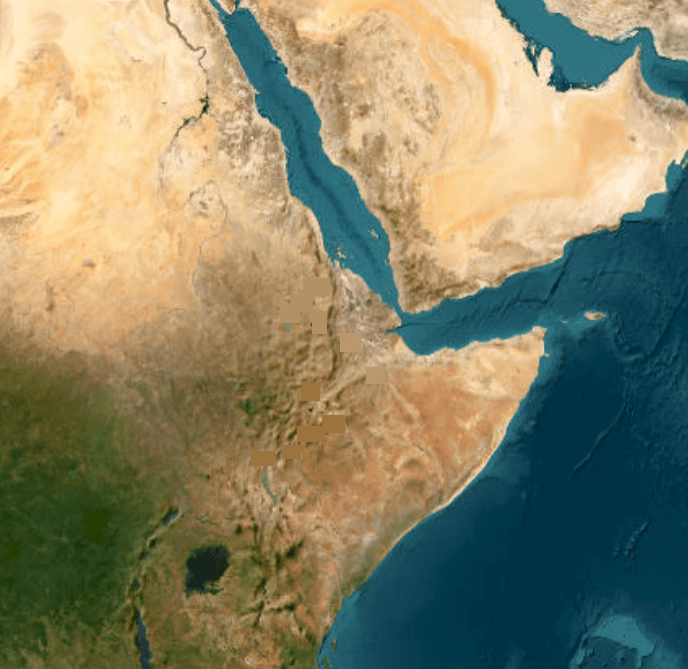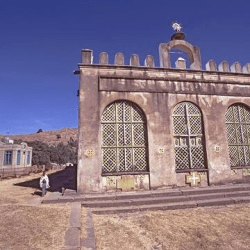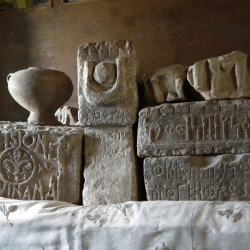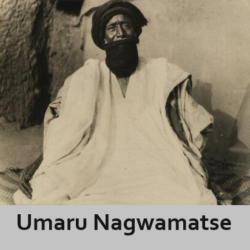The Aksumite Empire (Kingdom of Axum or Aksum) is one of the past great empires that once flourished largely. It rose to become a powerful trading nation.
Situated in present-day Eritrea and northern Ethiopia, this ancient civilization thrived from the 1st to the 8th century AD, extending its influence up to Yemen and Sudan.
The origins of the Aksumite Empire date back to around the 1st century AD when Semitic-speaking people known as the Ge’ez migrated from southern Arabia and settled in the Horn of Africa.
They established the Kingdom of D’mt that laid the foundations for the rise of Aksum.
The Aksumite civilization emerged in the 4th century BC.
It peaked around 4th to 7th centuries AD.











Reference: whc.unesco.org/en/list/15/gallery/
Economy
The strategic location of the Aksumite Empire at the crossroads of Africa, Arabia, and the Mediterranean allowed it to thrive as a center of trade.
It was pivotal in exchanging goods, ideas, and culture between the Roman Empire, India, and Arabia. The empire’s economy was based on agriculture, with crops such as wheat, barley, and teff as staples and the export of valuable items such as ivory, gold, and frankincense.
Aksum’s international trade was facilitated by minting of its currency, which included gold, silver, and bronze coins.
These coins, adorned with the effigy of the reigning king, were a testament to the empire’s wealth and power and significantly contributed to its economic success.
Religion and Culture
The Aksumite Empire was characterized by its religious diversity, with various faiths such as Judaism, Christianity, and indigenous beliefs coexisting peacefully. However, in the 4th century AD, under King Ezana, Christianity was declared the empire’s official religion. This began a long-lasting alliance with the Byzantine Empire, further elevated Aksum’s world status.
The Ge’ez script, an ancient writing system still used in Ethiopia and Eritrea today, was developed during the Aksumite period. The hand was employed in various religious and secular texts, including the famous stele and massive stone obelisks that served as monuments and tombstones for Aksumite royalty. The largest of these, the Obelisk of Aksum, still stands today as a witness to the empire’s architectural prowess.
Legacy
The decline of the Aksumite Empire began in the 7th century AD due to various factors, including internal strife, economic fall, and the rise of Islam in the Arabian Peninsula. As a result, the empire gradually lost its grip on trade routes. It was ultimately reduced to a small kingdom centered around modern-day Ethiopia.
However, the legacy of the Aksumite Empire endures in the modern world. Its contributions to art, architecture, religion, and trade have left an indelible footprint on the history of Africa and the world. The empire’s influence on Ethiopian culture and identity is particularly notable with the Ethiopian Orthodox Church tracing its origins back to the Aksumite period.

















